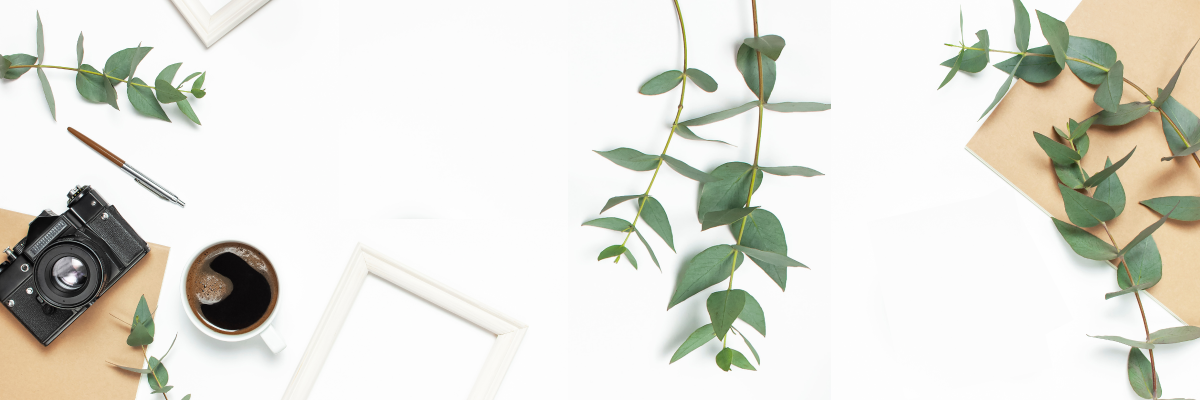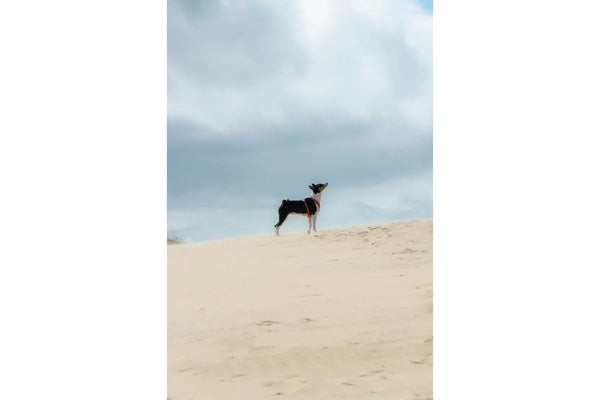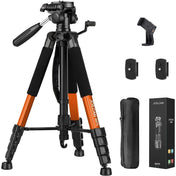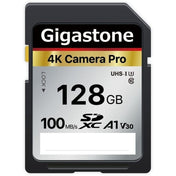Photography is a beautiful art form that allows us to capture moments in time and share our unique perspectives with the world. However, choosing the right camera can sometimes feel overwhelming, especially with the multitude of options available today. Whether you’re a budding enthusiast or a seasoned pro, this guide is designed to help you navigate the various types of cameras and find the right fit for your photography style. From portrait to landscape, and especially for those looking to capture the majestic beauty of wildlife, understanding your needs is crucial. Let’s dive in!
Understanding Camera Types
Before you can select the ideal camera for your photography style, it's essential to understand the different types of cameras available on the market. Here, we’ll discuss the main types:
1. Digital Single-Lens Reflex (DSLR) Cameras
DSLR cameras are a popular choice among photographers for their versatility and high-quality images. They offer interchangeable lenses, allowing you to choose the best zoom lens for wildlife photography or any other specialty lens you require. With robust manual controls, a DSLR can cater to beginners and professionals alike, making it a fantastic option for landscape, portrait, and wildlife photography.
2. Mirrorless Cameras
As technology advances, mirrorless cameras have gained ground, providing a compact and lightweight alternative to DSLRs. These cameras also allow for interchangeable lenses and can perform exceptionally well in low-light conditions. If you're interested in capturing wildlife on the move, a mirrorless camera paired with a sharp zoom lens for wildlife photography can offer quick autofocus and burst mode features to ensure you don’t miss that perfect shot.
3. Point-and-Shoot Cameras
Point-and-shoot cameras are perfect for beginners or casual photographers. They are compact, easy to use, and often include automatic settings that simplify the shooting process. However, they typically lack interchangeable lenses and advanced features. If you’re more focused on casual photography or documenting travel experiences than serious wildlife photography, a point-and-shoot camera may be sufficient.
4. Smartphone Cameras
Smartphone cameras have come a long way in recent years, with many models offering impressive megapixel counts and features such as portrait mode and wide-angle settings. While they may not allow for a zoom lens for wildlife photography, they are incredibly convenient for on-the-go snapshots. Just remember, while they are great for everyday use, they might not meet the demands of more serious photography endeavors.
Choosing the Right Lens
Once you've decided on the type of camera that fits your photography style, the next crucial step is selecting the appropriate lens. This choice can vastly impact your photos, especially when it comes to capturing stunning wildlife moments.
Understanding Lens Types
There are a few primary lens types that every photographer should be aware of:
- Standard Lenses: Typically have a focal length of 50mm. They are versatile and great for general photography.
- Wide-Angle Lenses: These lenses have shorter focal lengths (10mm - 35mm) and can capture expansive landscapes, making them superb for scenic photography.
- Telephoto Lenses: Ideal for wildlife photography, these lenses allow you to zoom in on distant subjects. A quality zoom lens for wildlife photography can help you capture incredibly detailed shots without disturbing your subject.
- Macro Lenses: Perfect for capturing tiny details in nature, such as insects and flowers, these lenses offer excellent close-up capability.
Specialty Lenses for Wildlife Photography
When selecting a zoom lens for wildlife photography, consider these factors:
- Focal Length: Longer focal lengths (200mm and above) are ideal for capturing animals from a distance without disturbing them.
- Aperture: A larger aperture (like f/2.8) is beneficial for low-light conditions and enabling a shallow depth of field.
- Image Stabilization: Opt for lenses that come with built-in stabilization to prevent camera shake, especially important when shooting with long focal lengths.
Considerations for Your Photography Style
To choose the right camera for your photography needs, you must consider what style resonates with you the most. Here are some aspects to take into account:
1. Shooting Conditions
Evaluate the environments in which you plan to shoot. If you’re often outdoors, consider a camera and lens combination that can withstand various weather conditions.
2. Portability
Depending on your photography style, weight and size may matter significantly. If you're hiking into wildlife territory, a lightweight mirrorless camera with a zoom lens for wildlife photography can make your experience much more enjoyable.
3. Budget
Photography gear can be a significant investment. Set a budget that accommodates not just the camera, but also any lenses and accessories that may be essential for your craft.
Additional Features to Look For
Even after deciding on the type of camera and lens style, there are a few additional features that could enhance your experience:
- Autofocus System: Look for a camera with a fast and accurate autofocus system, especially if you're shooting moving subjects like wildlife.
- Continuous Shooting Speed: This feature is crucial when photographing fast-paced action, as it enables you to capture multiple frames per second.
- Video Capabilities: If you're interested in videography as well, consider a camera that supports 4K video recording.
Practicing and Experimenting
Once you've selected your camera and lens, it’s time to hit the field! One of the most effective ways to improve your photography is through practice. Here are some tips to get the most out of your chosen gear:
1. Learn Your Camera
Familiarize yourself with your camera's settings and features. Spend time experimenting with different modes, settings, and lens combinations.
2. Get Inspired
Follow photographers who share your photography style. Observing their techniques and compositions can provide invaluable insights that fuel your creativity.
3. Share and Receive Feedback
Join photography communities and share your work. Constructive feedback can help you grow and fine-tune your style.
Unlock Your Photography Potential
Choosing the right camera for your photography style doesn't have to be a daunting task. By understanding the different types of cameras and lenses available, and considering your unique needs and preferences, you can find the gear that empowers you to capture stunning images. Remember that in photography, practice makes perfect! So get out there, take your time experimenting with the right camera setup, and enjoy every moment of your photographic journey. Happy shooting!











